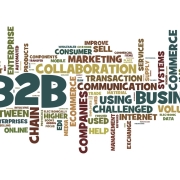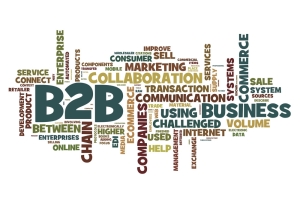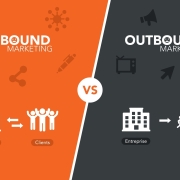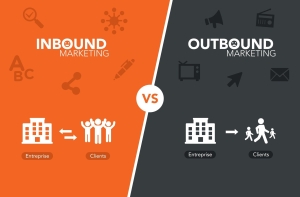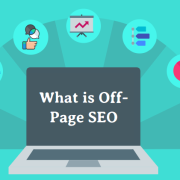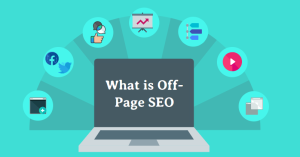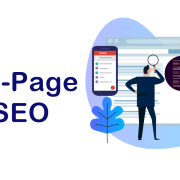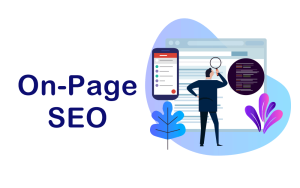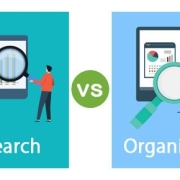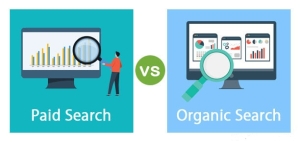The Power of Social Proof: Boosting Business Credibility

The power of social proof is to enhance credibility and build trust among customers. Let’s delve into why social proof is essential and how it can benefit your business.
Building Trust through Customer Feedback:
Firstly, social proof involves showcasing positive experiences of your existing customers. It can be in the form of reviews, testimonials, ratings, or user-generated content. Why do this? Because, helps potential customers feel more confident in choosing your products or services.
Influence of Peer Recommendations:
Next, the influence of peer recommendations is significant. People tend to trust the opinions of others, especially when they can relate to their experiences. Social proof leverages this tendency.
Increasing Conversion Rates:
Moreover, social proof plays a pivotal role in increasing conversion rates. When customers see that others have had positive interactions with your brand, they’re more likely to take action, whether it’s making a purchase, signing up, or requesting more information.
Variety of Social Proof:
Furthermore, there’s a variety of social proof you can utilize. Testimonials from satisfied customers, endorsements from industry experts, and displaying the number of users or subscribers are all effective forms.
Impact on Decision Making:
In addition, social proof directly influences decision-making. Potential customers are more likely to follow suit if they see others benefiting from your products or services.
Leveraging User-Generated Content:
Lastly, user-generated content is equally important. Encourage customers to share their experiences on social media using your products. Reposting these authentic stories showcases your brand’s impact in a genuine way.
Final Thoughts:
In conclusion, the power of social proof is validation for your business. It shows that your products or services have real-world value and positive impact. Social proof builds trust, boosts conversion rates, and influences decision-making.
Moreover, the Power of Social Proof: Boosting Business Credibility; it’s a fundamental aspect of modern marketing. By integrating social proof into your strategy, you’re not just promoting your offerings; you’re letting your satisfied customers do the talking. Remember, in a digital age where opinions matter, the voices of your customers can become your most persuasive asset.


